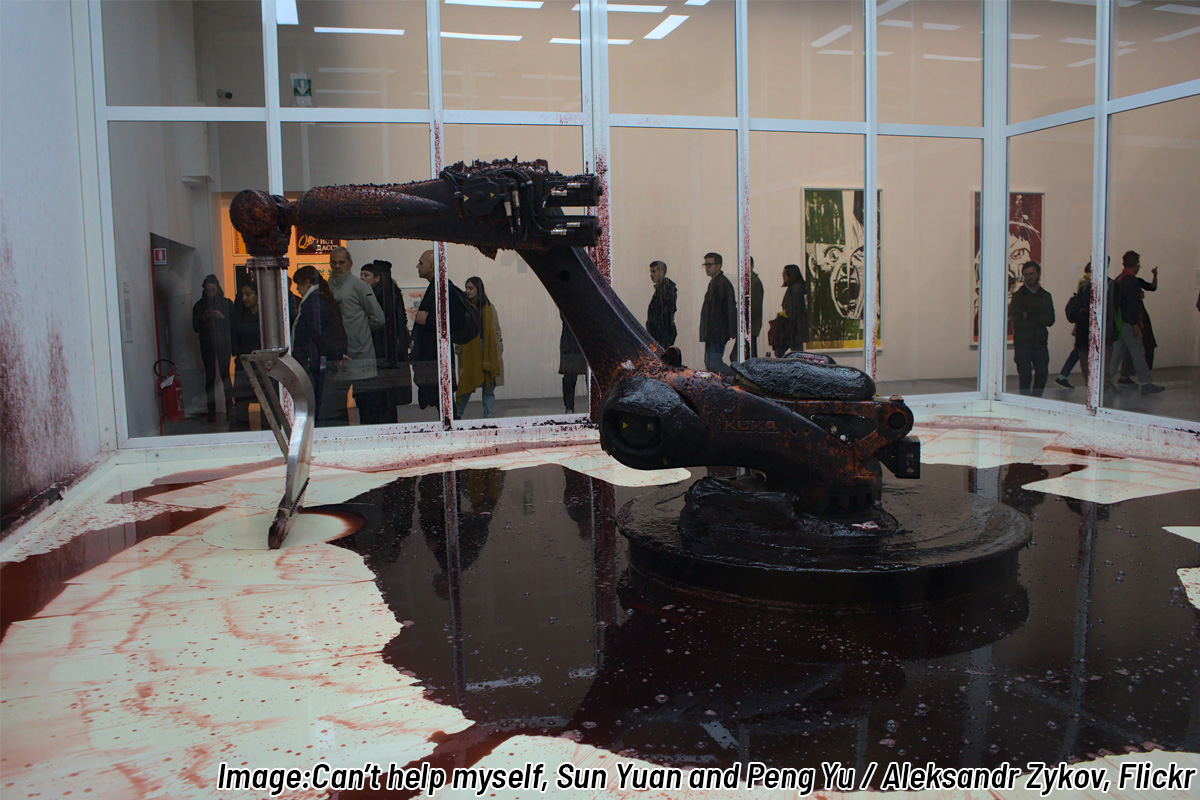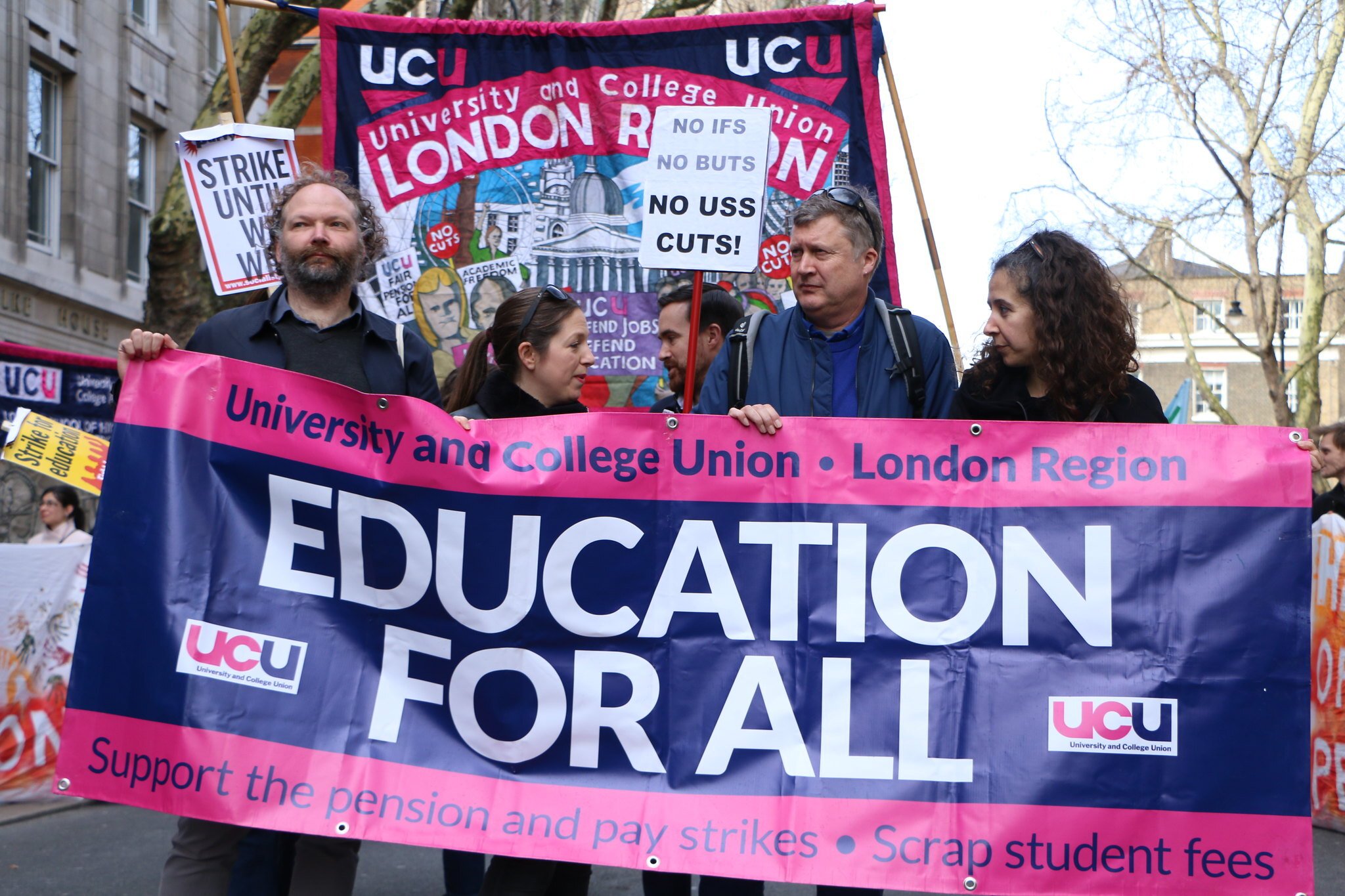We publish here an account of life inside an Amazon warehouse, written by a Socialist Appeal supporter, who reveals the brutal, degrading, and exploitative working conditions faced by the employees of the world’s richest man.
“It’s the most draining, humiliating, depressing job I’ve ever had in my life.”
That is how one Amazon warehouse worker in Swansea summed up his experience working for the multinational corporate giant.
“I returned to Amazon last November to make ends meet. My previous job just wasn’t giving me the hours. At the ‘Day 0’ briefing, one of the managers said that it’s not as bad as people say it is. Everyone in the room who worked there before chuckled. It’s actually worse than you can even imagine.”
Sweatshop Britain
It has been recently revealed that the CEO of Amazon, Jeff Bezos, has become the richest person in the world. At the same time, the workers he employs have to endure some of the world’s worst nightmares.
Most people are aware of the Dickensian conditions, which include working up to 55 hours per week; 11 hours a day under tight supervision and overwhelmingly crushing conditions. Despite this reputation that Amazon has as an employer, people are driven by their situation to apply for work there. They have no choice.
In Swansea, the company brags about its “popularity”. In Christmas 2015, it employed 1,600 workers. In 2016 the figures went up to 1,900, and in 2017 it rocketed to a staggering 2,600. The conclusion that this is a sign of popularity (rather than desperation) could only be conceived in the mind of someone from another planet – or in the mind of a short-sighted capitalist.
The fact that working for Amazon has increasingly become the only choice for many people shows the real face of the so-called economic recovery. Indeed, it is a fantastic recovery for the likes of Bezos! For his workers, it is horrific wage slavery.
Dictatorship in the workplace
 Upon becoming an Amazon employee, you are allowed to make two final choices (subject to availability). Before starting your first shift, you are asked:
Upon becoming an Amazon employee, you are allowed to make two final choices (subject to availability). Before starting your first shift, you are asked:
- Whether you want to work day shifts or night shifts
- Whether you’d prefer “picking” or “packing”.
This second decision can only be compared to the choice between plague and cholera. Picking involves walking a trolley miles and miles every day through the warehouse. You are also equipped with the infamous scanning device, which measures your productivity.
Take a two minute break and you could be found by a supervisor. You might receive a “strike” for slacking. Four strikes and you’re out, back on the dole and wondering where your next meal comes from. Improper training, meanwhile, means that many workers end up with knee injuries as a result of kneeling hundreds of times a day to pick up items from the bottom shelves. Packing, on the other hand, saves you the “hike”. But this comes at the cost of placing you on a small, isolated desk attached to the production line. The task here is also mind-numbingly monotonous: to pack hundreds of items for delivery, hour after hour.
Although there are quiet times with nothing coming in to pack, you cannot sit down on a nearby box to relax. That is strictly forbidden. There are even reports of some people falling asleep on their feet during night shifts.
It’s not surprising that workers’ bodies give up. You frequently have to make the choice of whether to spend your 15 minute break having a sandwich, going to toilet, or having a cigarette. Getting to the nearest cafeteria or smoking shelter means that, in reality, the breaks are only about 5 minutes long, as you spend 10 minutes to travel there and back.
These working conditions throughout the warehouse lead to disastrous effects on the physical and mental wellbeing of the employees. All this has a profound effect on the way workers think and understand their situation.
Organise and fight
The demographic composition is completely mixed, but surprisingly young. Most workers don’t look older than 25.
In my own time in the Amazon warehouse, I regularly talked to an 18-year-old from Cardiff. The conditions in which we work inevitably came up. After a while, I discovered that he’d never heard what a trade union is. This isn’t surprising: you’re far more likely to get a phone call from a union trying to sell you insurance than trying to reach out and help you organise.
Nevertheless, we chatted about how workers can collectively bargain and even go on strike to win demands. He found it fascinating. “Sign me up!” he said. “I’ll be the first to fucking strike!”.
Conversations along these lines were reproduced dozens of times. Workers seethe with anger whenever they talk about their situation. The next time you hear some academic intellectual lamenting about the “backwardness” of the workers, get them to spend a cigarette break with an Amazon worker.
Beneath the apparently calm surface, the temperature is rising. In workplaces like Amazon, it is reaching boiling point. In such conditions, it only takes a spark for there to be an explosion.
It is clear that a militant trade union leadership could channel this anger with ease. They could – and should – organise workers to fight back against these miserable conditions.
And, at the same time, we need a socialist Labour government that is willing to expropriate the fat cats like Bezos and put an end to the brutal exploitation of capitalism.
We say:
- For fighting unions! Organise and strike to end low pay and sweatshop!
- No to precarious work and degrading conditions! For a real living wage, with workers on the shop floor in charge of hours and conditions!
- Nationalise Amazon, its infrastructure, and the other major monopolies! For a socialist plan of production under democratic workers’ control!






